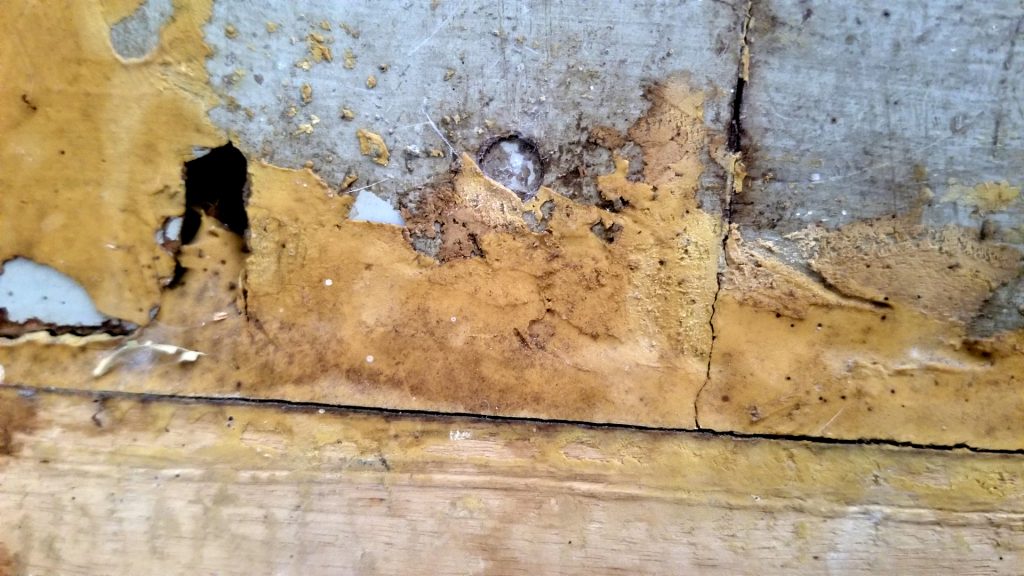When it comes to pest control, few homeowners consider what’s lurking beneath their floors. Crawl spaces are often ignored, yet they play a critical role in protecting your home from unwanted pests. These dark, damp, and poorly ventilated areas can quickly become ideal breeding grounds for a wide range of infestations if left unsealed. Rodents, termites, cockroaches, and even bed bugs often exploit crawl spaces as entry points or harborage zones. That’s where crawl space encapsulation comes in. By sealing off this vulnerable area, homeowners can drastically reduce the risk of pest problems while also improving overall air quality and energy efficiency.
Let’s take a closer look at how encapsulation works, why it’s important, and what to keep in mind if you want to keep your home truly pest-resistant from the ground up.

Why Crawl Spaces Are Prone to Infestation
The crawl space is one of the most overlooked parts of the home, but it’s a prime target for pests. These areas are typically dark, moist, and loaded with organic material that pests find attractive. Poor ventilation, standing water, and easy access points make them a welcoming environment for everything from termites and ants to rodents and spiders. In fact, crawl spaces can serve as breeding and nesting areas, with pests moving into the living areas once populations increase.
Moisture is often the biggest contributor. High humidity levels can warp wood, break down insulation, and create an ideal environment for termites. Combined with cracks in the foundation or gaps around vents and pipes, it creates the perfect storm for an infestation.
Understanding these conditions underscores the need for proactive measures, especially in homes located in humid or pest-prone regions.
What Is Crawl Space Encapsulation?
Crawl space encapsulation involves sealing your crawl space with a vapor barrier and insulating materials to block moisture and prevent external access. When done professionally, it transforms the crawl space into a clean, dry, and controlled environment that’s unwelcoming to pests.
Here’s what a standard encapsulation process typically includes:
- Installing a thick vapor barrier over the ground and walls to prevent moisture from rising
- Sealing vents and gaps around plumbing or wiring
- Adding dehumidifiers to maintain dry conditions
- Applying insulation to help regulate temperature
By eliminating dampness and closing off potential entry points, encapsulation directly addresses two of the primary factors that lead to pest infestation.
Key Pest Risks Crawl Space Encapsulation Helps Prevent
There are several pests that commonly exploit crawl space vulnerabilities. Encapsulation creates an environment that actively discourages their presence.
- Rodents: Mice and rats use open vents or foundation cracks to access crawl spaces. Once inside, they chew through insulation and wires, increasing fire risks.
- Termites: These wood-destroying insects thrive in damp conditions and can enter through soil contact with exposed wood.
- Cockroaches: Attracted to moist, dark spaces, cockroaches can quickly spread from crawl spaces to kitchens and bathrooms.
- Bed Bugs: Though they don’t typically breed in crawl spaces, they may use these hidden areas to move between units or floors in multi-family housing.
One of the most overlooked threats involves the diseases bed bugs carry when they go unnoticed due to inadequate home sealing.
The goal of encapsulation is to deny pests both entry and survival conditions. Keeping your crawl space sealed means fewer places for pests to nest and fewer chances they’ll spread into your home.
Additional Benefits Beyond Pest Control
While the primary focus of crawl space encapsulation may be pest prevention, homeowners enjoy a wide range of secondary benefits that enhance overall home health and efficiency.
- Improved Indoor Air Quality: A sealed crawl space reduces the entry of mold spores, dust, and allergens into your living space.
- Energy Savings: Encapsulation adds insulation, reducing heating and cooling losses and improving your home’s energy efficiency.
- Structural Protection: By keeping moisture away from wooden beams and flooring supports, encapsulation helps prevent long-term water damage.
- Property Value: A dry, encapsulated crawl space is a strong selling point, especially in regions known for high humidity or pest activity.
Understanding the broader impact of moisture on structural integrity is essential, particularly when it comes to termite activity. These pests are especially attracted to damp wood, often found in untreated crawl spaces. Excess moisture softens wood and creates an ideal entry point, allowing termites to infest from the ground up without immediate detection.
That’s why it’s critical to control humidity and ensure all wood structures are kept dry and sealed. Regarding what attracts termites, subterranean termites are drawn to homes with poor drainage, plumbing leaks, or areas where soil directly contacts exposed wood. All of these conditions are often present in non-encapsulated crawl spaces. Addressing them through encapsulation not only deters termites but also preserves the structural foundation of your home for the long term.
Why Professional Encapsulation Makes a Difference
Although DIY solutions may be tempting, effective crawl space encapsulation requires expert assessment and materials. Professionals understand building codes, local climate conditions, and pest behavior. They also ensure that vapor barriers are installed correctly, that vents are adequately sealed, and that humidity levels remain within safe limits long-term.
Attempting to seal a crawl space without understanding moisture dynamics or pest entry behavior often leads to ineffective results. For instance, applying a plastic sheet without sealing vent gaps or addressing water drainage won’t prevent pests or moisture buildup. Precision matters, and only experienced technicians can provide the level of protection needed to maintain a pest-free environment beneath your home.
Seal It Right from the Start
Protecting your home from pests starts with addressing vulnerable zones like your crawl space. For the most dependable results, reach out to Titan Pest & Wildlife Solutions and ask about professional crawl space encapsulation to fortify your home from the ground up.

